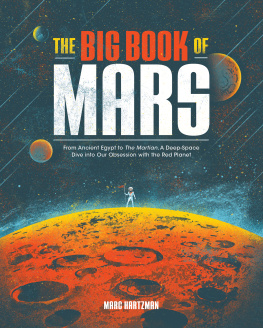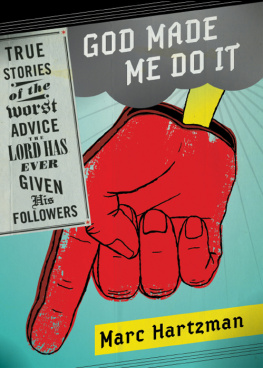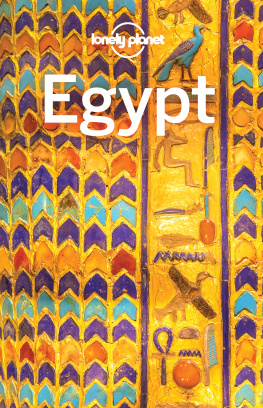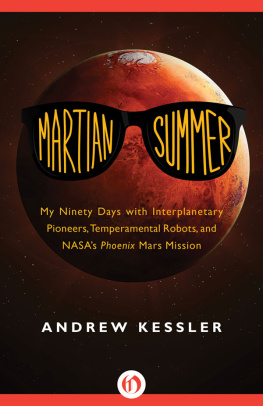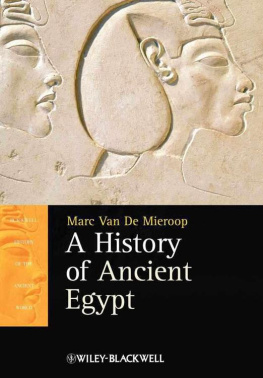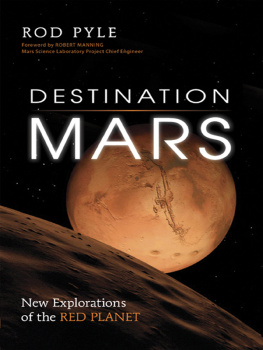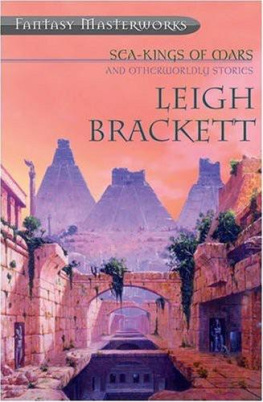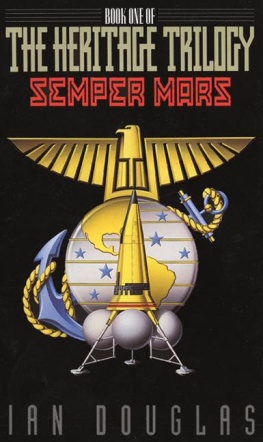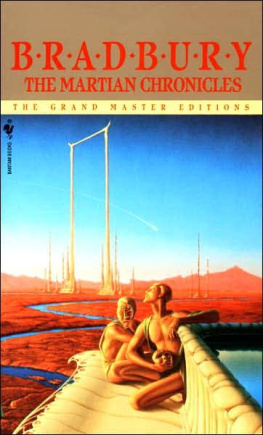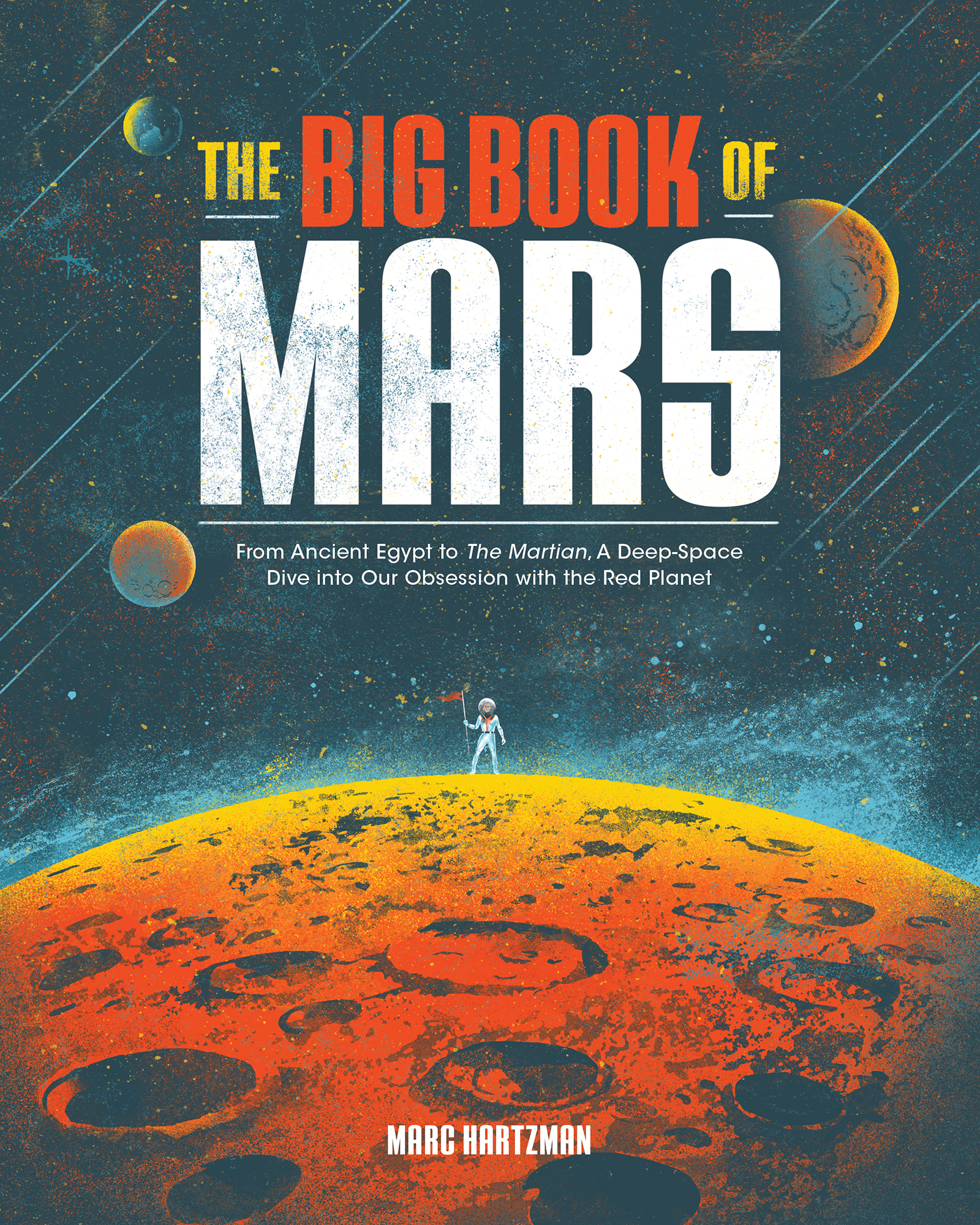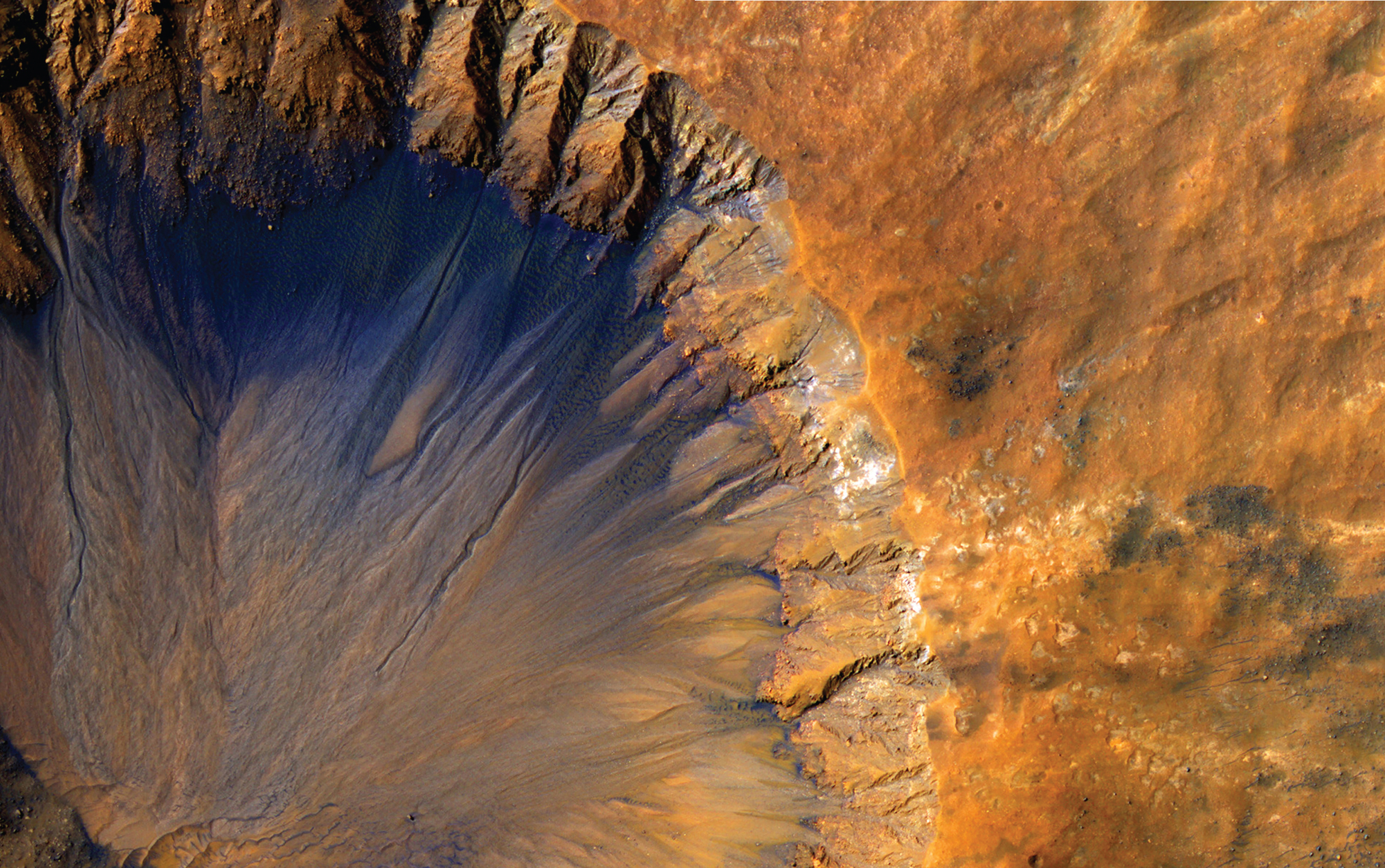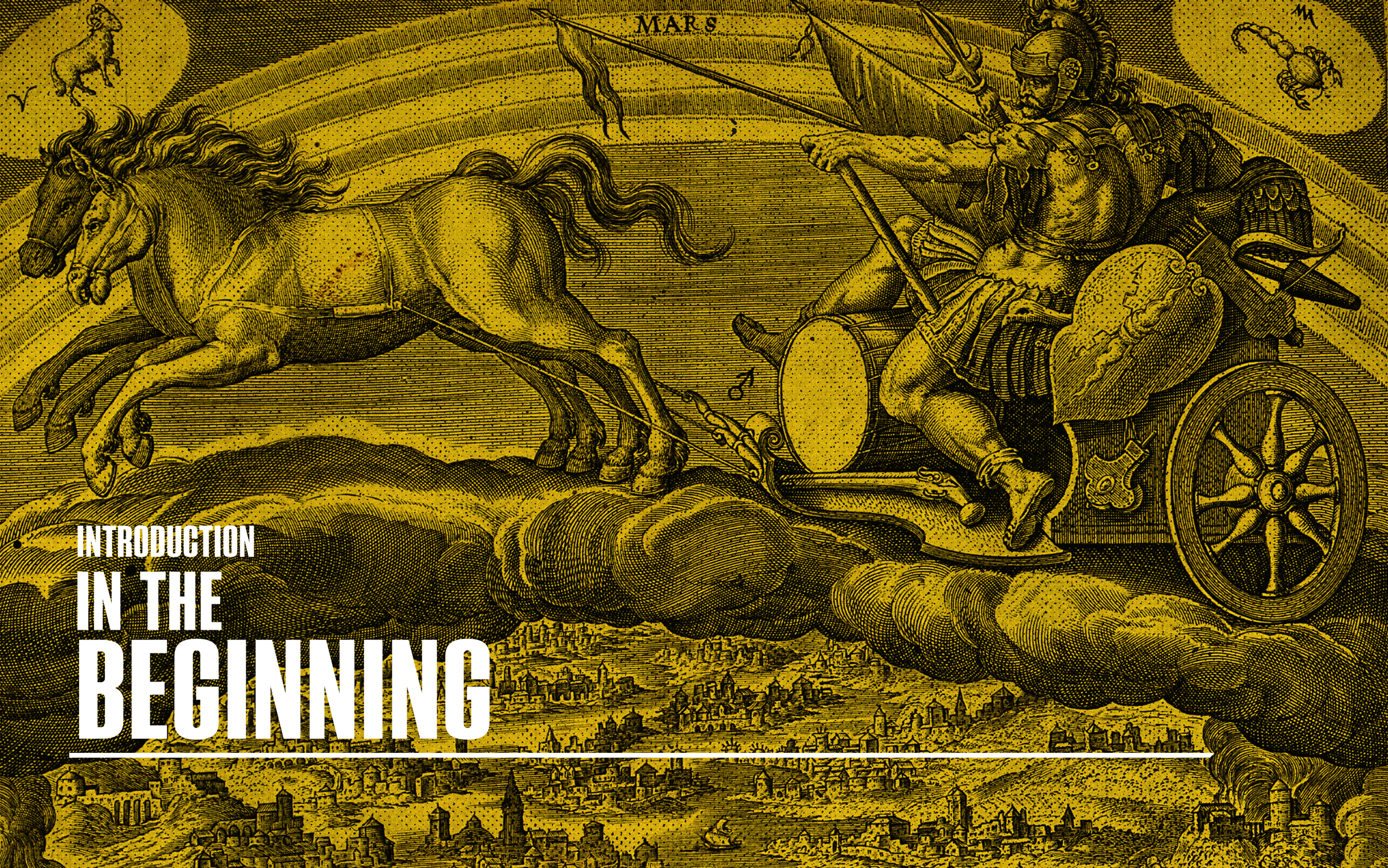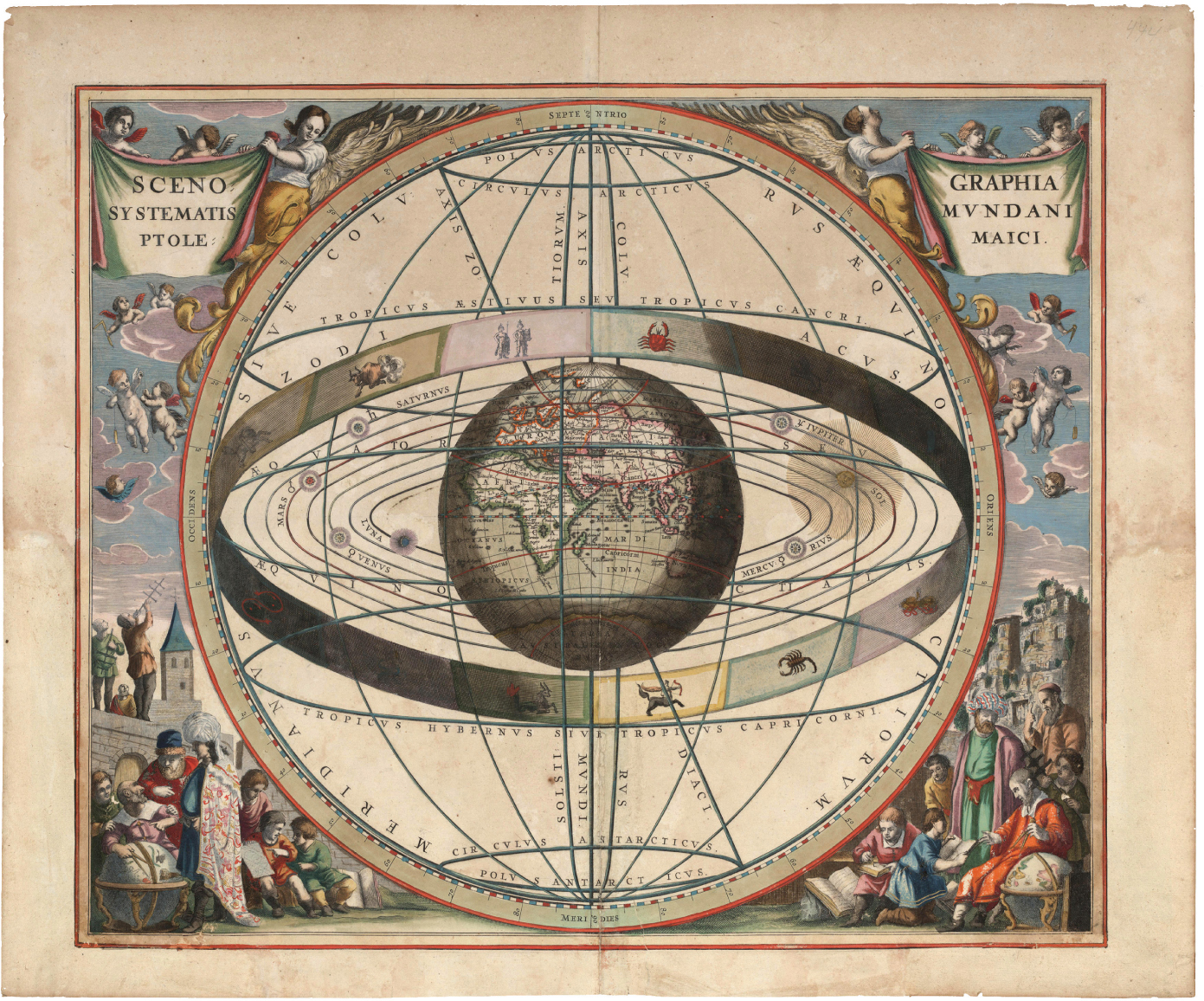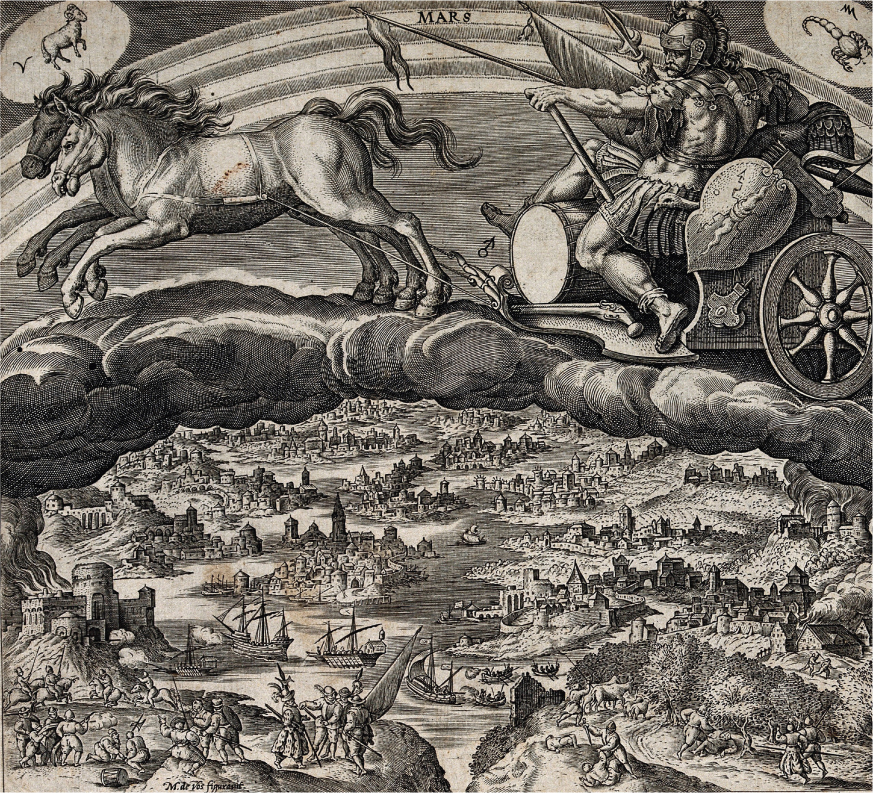Contents
Landmarks
Print Page List
ALSO BY MARC HARTZMAN
Found on eBay: 101 Genuinely Bizarre Items from the Worlds Online Yard Sale
American Sideshow: An Encyclopedia of Historys Most Wondrous and Curiously Strange Performers
God Made Me Do It: True Stories of the Worst Advice the Lord Has Ever Given His Followers
The Anti-Social Network Journal: A Place for All the Thoughts, Ideas, and Plans You Dont Want to Share
The Embalmed Head of Oliver Cromwell: A Memoir
Copyright 2020 by Marc Hartzman
All rights reserved. Except as authorized under U.S. copyright law, no part of this book may be reproduced in any form without written permission from the publisher.
Full Library of Congress Cataloging in Publication Data available upon request.
ISBN9781683692096
Ebook ISBN9781683692102
Cover and interior designed by Ryan Hayes
Cover illustration by The Brave Union
Full photo credits appear on .
Production management by John J. McGurk
Quirk Books
215 Church Street
Philadelphia, PA 19106
quirkbooks.com
a_prh_5.5.0_c0_r0
TO LIZ, LELA, AND SCARLETT, MY THREE FAVORITE EARTHLINGS AND OOMARURU, MY FAVORITE MARTIAN
CONTENTS
Once upon a time, the planet Mars was a wondrous place filled with intelligent beings. Standing ten to twenty feet tall, these brilliant Martians feverishly dug canals to irrigate their dry planet and desperately tried to contact us, the people of Earth.
Some hundred years ago, thats what the greatest minds in the world believed, and so it was. This was an era when telephones, automobiles, airplanes, radios, and television were new and magical wonders. The impossible, it seemed, was never more possible. So, when newspapers spread scientific theories and hyped the next big advancecommunication with Martianspeople thought, why not? The long-distance phone bills would cost a fortune, but still, what a time to be alive!
I discovered this peculiar period of interplanetary excitement while researching Nikola Teslas attempts to communicate with our supposed neighbors. In the process I stumbled upon someone whod claimed to already be hobnobbing with them. His name was Dr. Hugh Mansfield Robinson, and in the 1920s he was in touch with a big-eared, nearly seven-foot-tall Martian woman named Oomaruru. Telepathic ally.
Forget Tesla. Who was this Robinson guy?
I switched my focus and dug into this other story. For someone who likes writing about weird history, this was striking gold. Robinsons conversations with Oomaruru made headlines all around the world. Earth was fascinated with all things Mars, regardless of who was offering it.
The obsession with the Red Planet goes back even further, to a time long before the early twentieth century. Thousands of years ago, at least, when its red color conjured images of bloodshed instead of the oxidized iron dust covering its surface. Ancient Egyptian astronomers noticed the fiery orbs retrograde motion and named it Har Decher, meaning the Red One.
As time trudged forward, other curious civilizations gave it their own names based on its blazing visage. Chinese astronomers saw the fire star and considered it a sign of bane, grief, war and murder. The Hebrews called it Maadim, from their word for red, adom. They believed that those born under the influence of Mars would enter bloody occupations, such as murder, the military, or surgery. By 600 BCE, the Babylonians dubbed it Nergal, after their god of war and destruction. Bloodshed became the presumptuous theme for the Red Planet. For whatever barbaric acts these peoples were committing in their own kingdoms, they mustve thought all hell was breaking loose on faraway Mars.
The Ptolemaic system showing the signs of the zodiac and the solar system, with Earth at the center.
When the Babylonians gazed at the skies to develop a calendar, they created the seven-day week and named each day for a known celestial body: the sun, the moon, Mars, Mercury, Venus, Jupiter, and Saturn. The day attributed to Mars is Tuesday (the association is more apparent in Spanish, in which the day is known as Martes); its association with war and aggression led them to perform special rituals on Tuesdays to avoid hostile influence from the Red Planet. Thousands of years later, Mars remains in our lives at least once a week.
In the mid-300s BCE, while pondering, well, everything, Aristotle observed the moon passing in front of Mars, which led him to conclude that it, and the other planets, were farther away from Earth. In the meantime, he and the rest of Greek civilization carried on the tradition and named the Red Planet Ares, after their own god of war. The son of Zeus and Hera, Ares represented the unfortunate but necessary brutality and violence of battle. Aress two sons, Phobos and Deimos (meaning fear and terror, respectively), would lend their names to the two moons of Mars after their 1877 discovery by astronomer Asaph Hall.
All these gods of war eventually lost the planet-naming contest to the Roman deity, Mars. The planets mystique mirrored their affinity for power and bloody paths of conquest. But as far as the Roman astronomer Claudius Ptolemy was concerned, Mars was just a soldier in the earthly universe. It, along with the sun and other celestial bodies, revolved around us. His theories, known as the Ptolemaic System, reigned for the next 1,400 years, until Copernicus proclaimed a different idea about the organization of the solar system. From then on, observations about Mars grew more detailed, and the obsession with what secrets lay across the cosmos grew exponentially. Were we alone in the universe, or were other civilizations staring right back at us wondering the same thing?
Mars in His Chariot, 16th century.
The Big Book of Mars examines the many enthusiastic answers offered by some of historys greatest and most creative mindsfrom Nikola Tesla and Guglielmo Marconi to H. G. Wells, Ray Bradbury, and many more, including a bunch of confident UFO spotters.
As I dug into the Dr. Mansfield Robinson story, I found stories about others who believed that communication with Martians was inevitableand could happen any day. I suddenly found myself obsessed with their obsession, and I wanted to learn more about these theoretical Martians and where all the ideas about talking to them came from. My own journey was just beginning. I scoured newspaper archives and discovered countless articles, most speculating about the existence of canals on the surface of Mars. That fantastically wrong belief, born in the nineteenth century, inspired the imaginations of Wells, Edgar Rice Burroughs, and other early science-fiction writers. Their stories, and those of many others, inspired the next generation of scientists who were determined to invent the space travel their favorite writers had imagined. And so they did. Science leads to science fiction, and science fiction leads to science. Its a symbiotic relationship.

